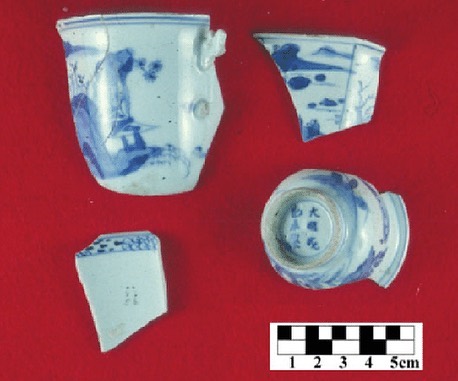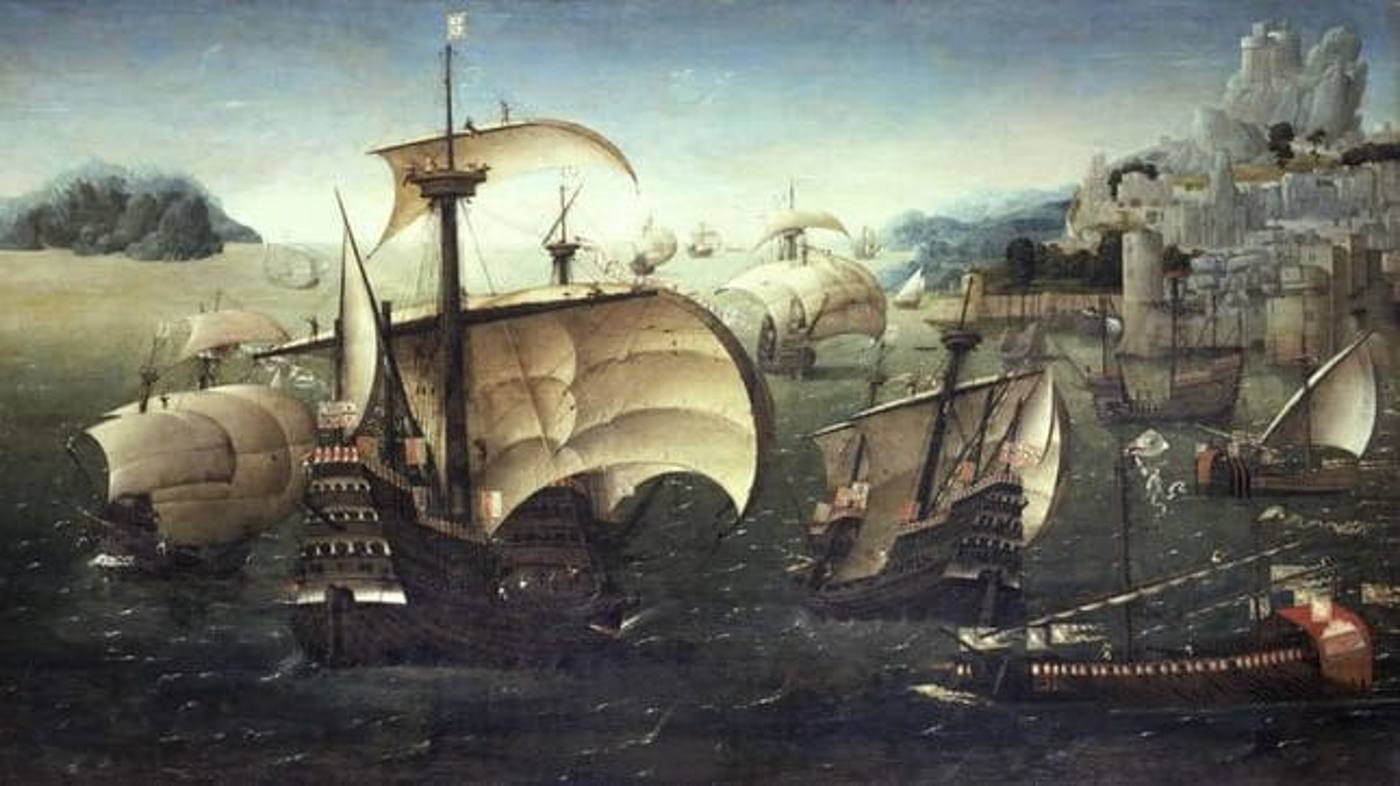In 1693, a Spanish trading ship left the colony in Manilla heading for Mexico. It was never to be seen again until our generation.
Now, 15 years of volunteer maritime archeology and plumbing of royal Spanish archives have discovered the identify of the ship—solving a local mystery that has endured since before America was colonized.
It was to be a normal trading voyage upon a normal trading ship. The Santo Cristo de Burgos, a Manilla-class trading galleon meant for high seas and big cargo, was setting out across the northern Pacific with a hull full of beeswax, Chinese porcelain, and silk for markets in Mexico, when a disaster of some kind lost the ship.
Seven years later, an earthquake of about 9.0 Richter swallowed the sea along the Oregon coastline, before spitting it back upon the shore in a terrifying tsunami; which just so happened to gather up the downed Spanish galleon and its lost cargo before throwing it against the rugged coast.
We know this thanks to the Astoria Oregon all-volunteer Maritime Archeological Society (MAS), who—inspired by local legends of sunken treasure, oral tales from the Nehalem Indians about a burning ship and its survivors, and beachcombing locals routinely finding shards of porcelain—decided to follow the trail of the ‘Beeswax Wreck’ to the end.
The hunt begins

For MAS, finding the truth about the local mystery of the Beeswax Wreck began with the porcelain shards.
MORE: They Found World’s Largest Intact Mosaic at Site of Turkish Hotel – Where it’s Now a Stunning Feature
“Archaeologists have recovered assemblages of Chinese porcelain shards from nearby archaeological sites, including some which were modified into projectile points by the local Nehalem Indians,” report MAS in their triumphant summary of the Santo Cristo de Burgos wreck.
Chinese porcelain was not only widely traded, but also tended to follow closely to styles and trends of a given period. Comparing the porcelain recovered at Nehalem Spit and other beaches with collections held around the world, it was determined to have come from the Kangxi period of the late 17th century.
Next came the consulting of the meticulous and extensive archives of naval activity from the Spanish government, kept from its Age of Exploration days.
“Spanish archival records of the galleon trade list only one galleon sailing from Manila to Acapulco as missing during this time period: the Santo Cristo de Burgos,” write MAS. “We also know, from Nehalem Indian oral histories, that some of the crew survived the wrecking and lived with the coastal Indians for some time, leaving behind descendants whose families continue to this day.”
RELATED: Iraqi Drought Reveals Stunning 3,400-Year-Old City Covered By Tigris River
National Geographic, reporting on the conclusion of the mystery, note that the archives also contained the name of another such galleon lost to stormy seas soon after the loss of the Burgos. She was christened the San Francisco Xavier, and was lost in 1705.
However, as MAS began to survey the numerous bits of large wooden timbers in various sea caves and beaches along the coastline, they found that they were embedded in or under the sediment layer datable to the massive tsunami, meaning they were either contemporary to, or before, the disaster, ruling out the San Francisco Xavier.
Santo Cristo de Burgos revealed
Many pieces of wood have now been recovered by a public-private partner expedition, involving a grant from the Nat Geo Society, the work of the Oregon parks department, and SEARCH Inc, a cultural conservation and recovery firm that recently worked on the wreck of the HMS Endurance.
Radio carbon dating on the timbers reveal that, indeed, the ship they belonged to was being built in the 1650s from Asian lumber.
CHECK OUT: Incredible Discovery Beneath the Southern Amazon Reveals Urban-Agrarian Society Never Seen Before
The evidence all points to it being the Santo Cristo de Burgos, and now the various groups involved are putting the word out for any beachcombers or residents who may have additional artifacts and information to come forward and share their findings, hoping that maybe a coin bearing a name and date could further correlate their already extensive evidence.
A local museum managed by the Oregon Parks and Recreation Dept. will now display the Beeswax Wreck timbers. The fonts of the currently-endless porcelain and beeswax pieces are still somewhere out to sea, and MAS explain they will consider their location as the final part of their work on the project.
UNCOVER This Historical Story and Share It With Others…
Credit: Source link



